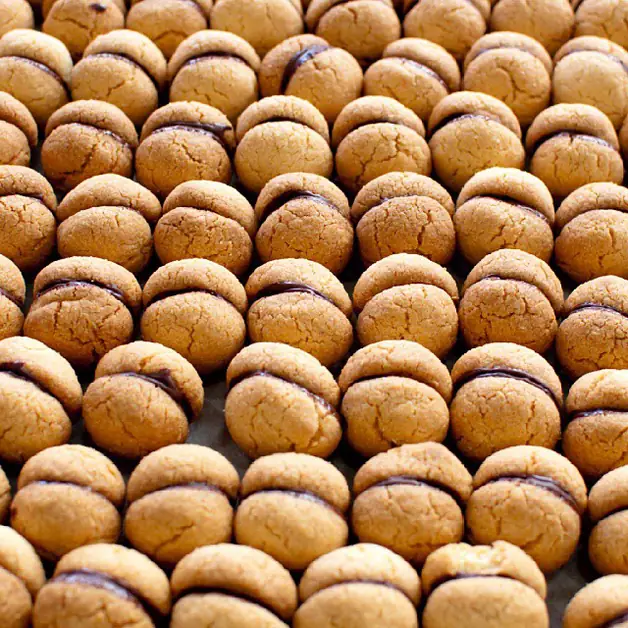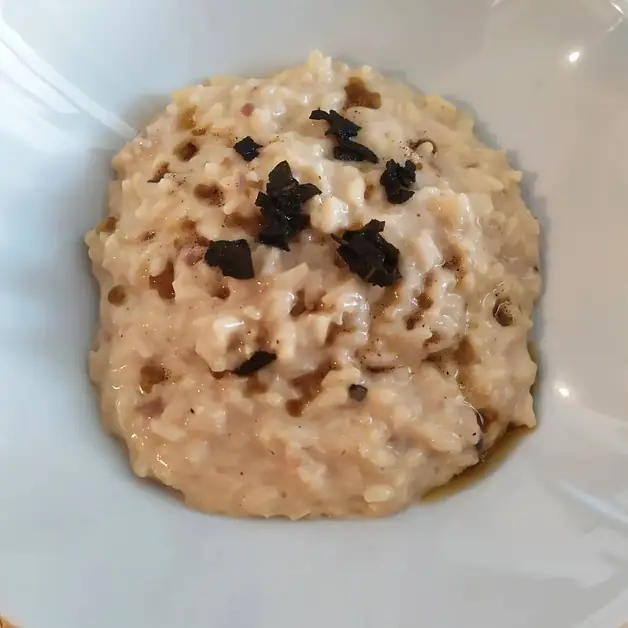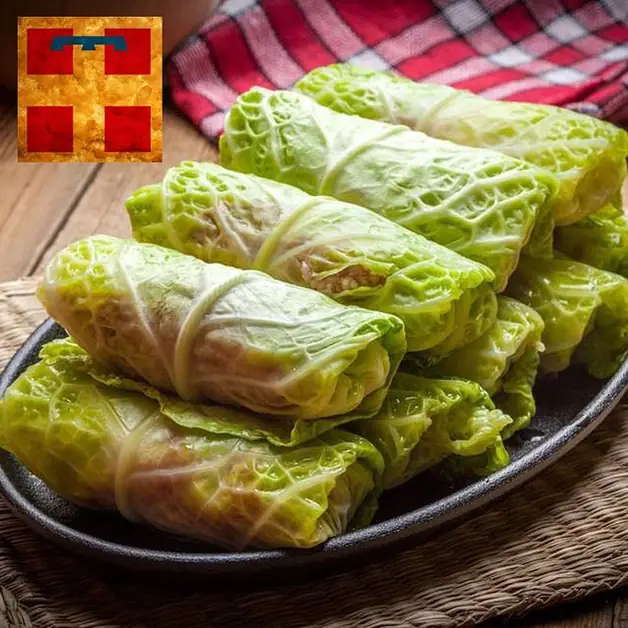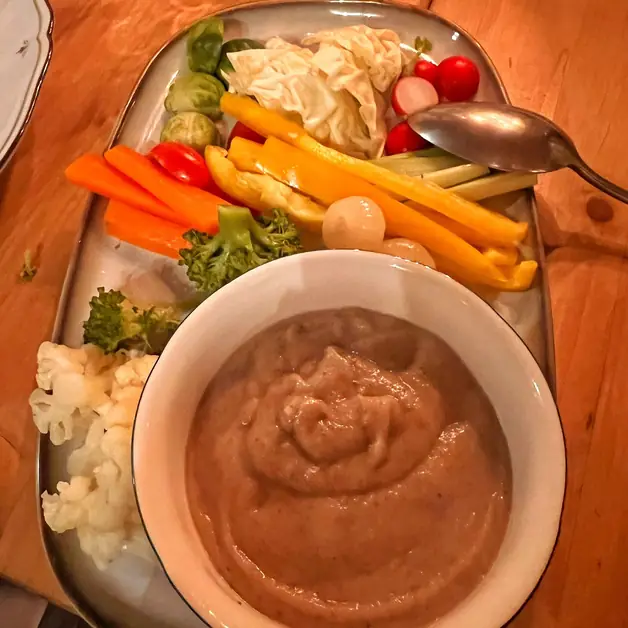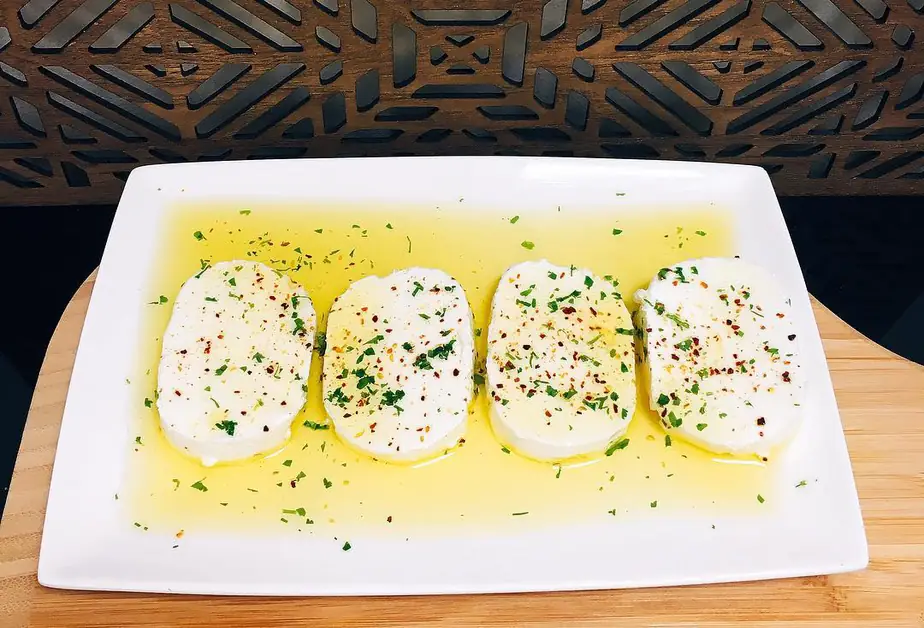The secrets of Piedmontese plin ravioli
Plin ravioli are a symbol of Piedmontese cuisine.
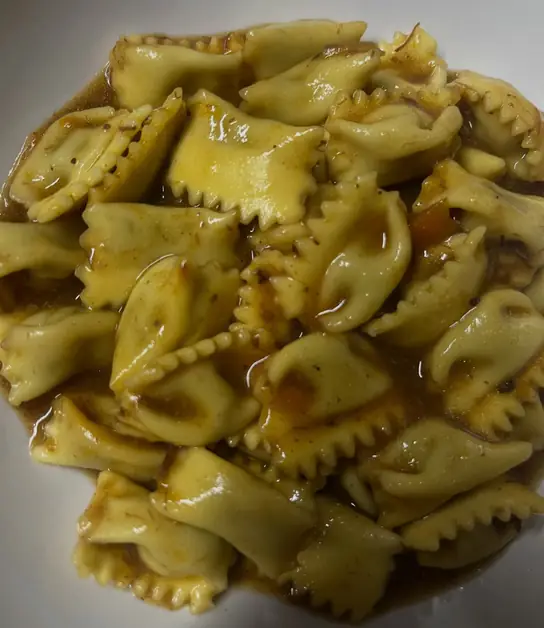
What are Piedmontese plin ravioli?
Piedmontese plin ravioli are a typical first course of Piedmontese cuisine made from fresh egg pasta filled with meat and vegetables. Originating from the Langhe, Monferrato, and Roero regions, these small gastronomic masterpieces represent one of the most iconic recipes of Piedmontese cuisine. The term plin, which in dialect means pinch, refers to the gesture used to close the pasta around the filling, forming small treasure chests of flavor.
Where do plin ravioli come from?
Plin ravioli originate from the Langhe, Monferrato, and Roero regions during the 20th century. Their origin is linked to peasant traditions, where nothing went to waste. Leftover stewed meats were used to prepare the filling, mixed with seasonal vegetables like spinach or escarole. The small elongated shape was created as a variant of the classic square ravioli and was called raviola, in the feminine, in the Piedmontese countryside.
Why are they called "plin ravioli"?
The name plin comes from the Piedmontese dialect and means pinch. It refers to the gesture of pinching the pasta to seal the filling between each ravioli. This movement gives plin ravioli their characteristic elongated and slightly irregular shape, perfect for holding the sauce. The result is an artisanal pasta with an authentic flavor, a symbol of the craftsmanship and creativity of Piedmontese housewives.
What is the difference between plin ravioli and agnolotti?
Plin ravioli are smaller than classic ravioli and agnolotti. Traditional Piedmontese agnolotti have a square or rectangular shape and are cut with a serrated wheel, while plin ravioli are pinched by hand. Additionally, the filling of plin is finer and creamier, thanks to the presence of stewed meat and finely chopped vegetables.
How is fresh pasta for plin ravioli prepared?
Fresh pasta is the essential base for plin ravioli. It is prepared by mixing 00 flour and eggs until a smooth and homogeneous mixture is obtained. After a short resting period, the dough is rolled out into a thin, almost transparent sheet. The delicacy of the sheet is crucial to ensure the perfect cooking of the ravioli, which must be soft but not fall apart.
What are the traditional ingredients for the filling of plin ravioli?
The filling of plin ravioli is a true concentrate of Piedmontese flavors. It is prepared with a mix of stewed veal, pork, and rabbit, slowly cooked with onion, carrot, and celery. Once cooled, the meats are finely chopped and mixed with vegetables like spinach and escarole, previously sautéed in a pan. Everything is seasoned with salt, pepper, and a pinch of nutmeg.
How is the characteristic "plin" formed?
After rolling out the sheet and distributing the filling in small doses, the pasta is folded and pinched between each filling with the fingers, imprinting the typical plin. This gesture seals the pasta and separates the individual ravioli, which will then be cut. The plin is not just an aesthetic signature but also serves to prevent the ravioli from opening during cooking.
How are plin ravioli cooked?
Plin ravioli are cooked in plenty of salted water for a few minutes until they float. The thin pasta requires a short cooking time to maintain the consistency of the filling. Once drained, they can be dressed with various types of sauces, depending on tastes and the season.
What are the best condiments to pair with plin ravioli?
The most traditional version involves dressing them with the sauce made from the same meats used for the filling, obtained from the stew cooked with the vegetables. Alternatively, they can be served with melted butter, sage, and a sprinkle of Parmigiano Reggiano. In the Langhe, one of the most refined variants is with melted butter and shavings of white truffle from Alba, a prized ingredient and symbol of the territory.
Are there variations of plin ravioli?
Yes, there are several. Some recipes call for the use of savoy cabbage instead of escarole, or simpler fillings made from wild herbs or local cheeses. Gourmet restaurants offer innovative versions like plin with brown sauce or plin filled with Neapolitan ragù. However, each version maintains the original spirit of this dish: genuineness and respect for tradition.
How to serve plin ravioli?
Plin ravioli are often served in deep plates or terracotta bowls to keep them warm. In Piedmontese taverns, it is common to enjoy them al tovagliolo, meaning simply boiled and served without dressing, to best appreciate the delicacy of the filling and the dough.
Why do plin ravioli represent Piedmontese cuisine?
Plin ravioli encapsulate the essence of Piedmontese cuisine: simplicity, tradition, and the skillful use of local ingredients. They are a dish that tells the story of a people connected to the land and family, where every gesture, like the plin, is passed down from generation to generation.
Where to taste real plin ravioli in Piedmont?
If you travel through the Langhe, Monferrato, or Roero, you can taste real plin ravioli in local trattorias and historic taverns. Some of the most renowned places for this dish are in Alba, Barolo, and La Morra, where chefs keep the tradition alive. During Piedmontese food and wine festivals, such as the Alba Truffle Fair, it is easy to find them among the stars of traditional menus.
What is the perfect pairing with plin ravioli?
Plin ravioli pair perfectly with great Piedmontese wines, such as Barolo or Nebbiolo. Their intense and enveloping flavor balances with the elegance of the region's red wines, creating a harmony of aromas and tastes that best represents the culinary tradition of Piedmont.
Why do tourists love plin ravioli?
Tourists visiting Piedmont are fascinated by plin ravioli because they are more than just a dish: they are an experience. Every bite tells a story of family, of gestures passed down, and of love for good food. Tasting them in the hills of the Langhe, accompanied by a glass of wine and a breathtaking view, is one of the most authentic moments one can experience in this region.
